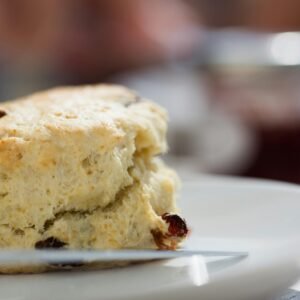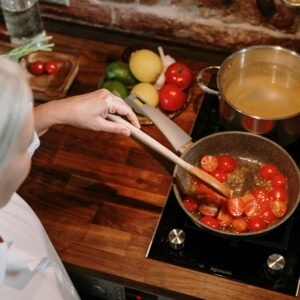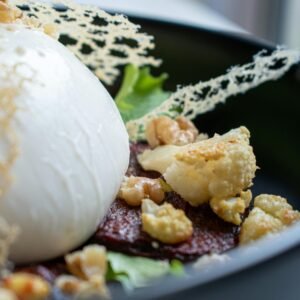Dal, a staple in Indian cuisine, is a lentil-based dish that’s as versatile as it is comforting. From the hearty to the delicate, dal can be prepared in countless ways, each with its own unique flavor profile. Let’s delve into the world of dal, exploring its history, types, nutritional value, and preparation techniques.
A Brief History of Dal
The origins of dal can be traced back to ancient India, where lentils were cultivated for their nutritional value and versatility.
Over centuries, dal has evolved into a beloved dish, with regional variations reflecting the diverse culinary traditions of India. From the fiery sambhar of South India to the creamy baigan ka dal of North India, dal has found its place in every Indian kitchen.
The Many Faces of Dal: Types and Varieties
The term “dal” encompasses a wide range of lentil-based dishes, each with its own distinct characteristics.
- Masoor Dal: Made from red lentils, this dal is quick-cooking and often used in everyday Indian meals. It can be prepared in a variety of ways, from simple tadka dal to elaborate curries.
- Urad Dal: Also known as black gram dal, this dal is slow-cooking and requires pre-soaking. It is often used in South Indian cuisine, especially in the preparation of sambar.
- Toor Dal: Yellow lentil dal is another versatile ingredient in Indian cooking. It can be used to make a variety of dishes, from dal makhani to dal tadka.
- Mung Dal: Green gram dal is a quick-cooking and nutritious option. It is often used in soups, stews, and desserts.
- Rajma: Kidney beans, while not technically a lentil, are often included in the category of dal. They are a popular ingredient in North Indian cuisine, especially in the preparation of rajma chawal.
Nutritional Benefits of Dal
Dal is a powerhouse of nutrients, offering a wide range of health benefits. Some of the key nutritional benefits of dal include:
- High in Protein: Dal is a complete protein, containing all nine essential amino acids.
- Rich in Fiber: The fiber content of dal helps to promote digestive health, regulate blood sugar levels, and reduce cholesterol.
- Loaded with Vitamins and Minerals: Dal is a good source of iron, folate, potassium, and magnesium.
- Low in Fat: Dal is a low-fat food, making it a healthy choice for people watching their weight.
Cooking with Dal: Tips and Techniques
Cooking with dal requires a few basic techniques. Here are some tips to help you prepare delicious dal dishes:
- Pre-Soaking: Many types of dal, especially the slow-cooking varieties, require pre-soaking. This helps to soften the lentils and reduces cooking time.
- Tempering (Tadka): Tempering is a common technique used in Indian cooking to add flavor to dishes. It involves heating oil or ghee and adding spices like cumin, mustard seeds, and curry leaves.
- Blending: Some dal dishes, such as dal makhani, require blending to create a creamy texture.
- Simmering: Most dal dishes require simmering for a long period of time to develop the flavors and tenderize the lentils.
Popular Dal Dishes from Around India
Indian cuisine offers a wide variety of dal dishes, each with its own unique flavor profile. Here are a few popular options:
- Dal Makhani: A creamy and buttery dal made with black gram lentils and butter.
- Sambar: A South Indian lentil stew made with urad dal, tamarind, and a variety of spices.
- Baigan Ka Dal: A North Indian dish made with eggplant and urad dal.
- Dal Tadka: A simple and flavorful dal made with tempered spices.
- Dal Bhat: A popular Nepali meal consisting of rice, lentils, and a variety of vegetables.
Frequently Asked Questions About Dal
What is dal?
Dal is a lentil-based dish that’s a staple in Indian cuisine. It’s made by simmering lentils with spices, vegetables, and sometimes dairy products. Dal can be thick and creamy or thin and soupy, depending on the type of lentils used and the cooking method.
What are the different types of dal?
- Urad dal: Black gram lentils, often used in South Indian cuisine.
- Toor dal: Yellow lentils, a versatile ingredient in Indian cooking.
- Mung dal: Green gram lentils, a quick-cooking and nutritious option.
- Rajma: Kidney beans, often included in the category of dal.
How is dal typically prepared?
Dal is usually prepared by simmering lentils in water or broth with spices like cumin, turmeric, and garam masala. Vegetables like onions, tomatoes, and spinach are often added for flavor and texture. Some dal dishes, like dal makhani, are finished with butter or cream for a rich and creamy taste.
What are the nutritional benefits of dal?
Dal is a nutritious dish that’s high in protein, fiber, and vitamins. Dal is a low-fat food that’s suitable for vegetarians and vegans.
Can you eat dal while pregnant?
Yes, dal is generally safe to eat during pregnancy. It’s a nutritious food that can provide essential nutrients for both you and your baby. However, it’s important to cook dal thoroughly to reduce the risk of foodborne illness.
Can you freeze dal?
Yes, you can freeze dal. To freeze dal, let it cool completely and then transfer it to an airtight container. Freeze for up to 3 months. When ready to eat, thaw overnight in the refrigerator and reheat on the stovetop.
How long does it take to cook dal?
The cooking time for dal varies depending on the type of lentils used. Quick-cooking lentils like masoor dal can be ready in 20-30 minutes, while slow-cooking lentils like urad dal may take an hour or more.
Conclusion
Dal is a versatile and nutritious ingredient that has been a staple in Indian cuisine for centuries. Whether you’re a seasoned cook or just starting out, there’s a dal dish out there to suit your taste. So why not explore the world of dal and discover your favorite recipe?
To read more, click here.





